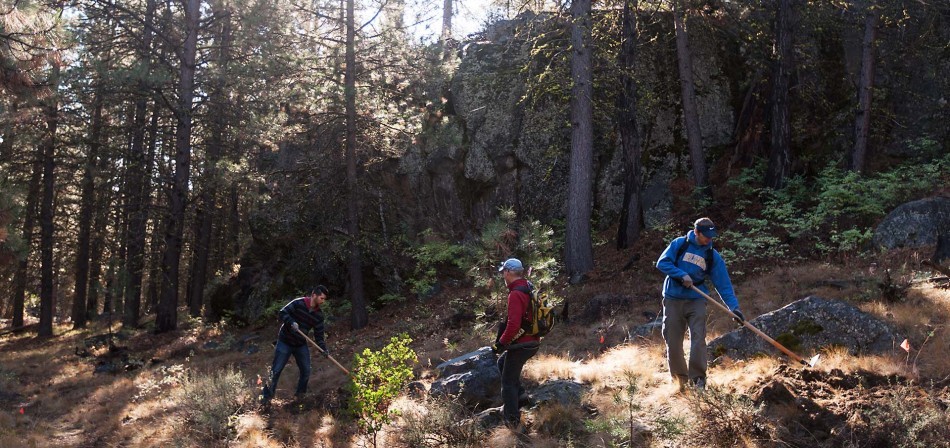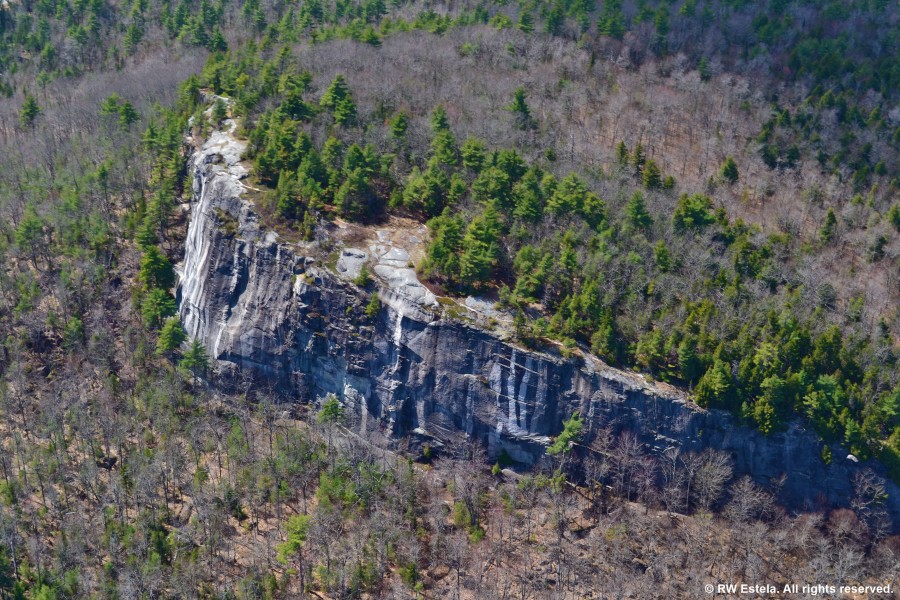Andrew Stegemann, the Community Involvement Manager at Mountain Equipment Co-op (MEC), spent five days on the Skeena River in British Columbia. We’re pleased to share Andrew’s story about this sacred place and the local community working to protect it.
The Conservation Alliance has funded the Skeena Watershed Conservation Coalition to support their efforts to permanently protect the Skeena River watershed. Thank you, Andrew, for giving us an inside look at this special place.
I visited the Skeena River in northwestern BC to find out what it takes to look after a wild place. On my journey, I discovered that a healthy river is more than just water, trees and fish. It’s also people. – Post by Andrew Stegemann, MEC Community Involvement Manager
The Skeena River is what a wild place should look like. Its water and banks are filled with all five species of Pacific salmon, moose with six-foot-wide antlers, and countless lumbering bears pouncing on the fish brought to them by the river. And it’s not just wildlife that finds safe harbour in this rainforest, but numerous communities as well.
In September, I travelled part of the Skeena’s length and met the people who call it home. Since 2008, MEC has granted $238,916 to this beautiful area as part of our commitment to keep space for adventure in all our lives. The people I met spoke about their loyalty to the region, how they’re taking care of it, and how they can keep the great river they rely on pure and whole.
These are the faces of the Skeena.

The Skeena is the second longest river in BC, beginning high in the coastal mountains and spanning 570km. It’s also one of the longest undammed rivers on the planet, and one of the top sport fishing destinations in the world.

David Dewit is the Natural Resource Manager with the Office of the Wet’suwet’en. Among other duties, he runs a mark-recapture program to understand the number of salmon returning to Wet’suwet’en territory on the Bulkley River, a major tributary of the Skeena.

Wet’suwet’en fishers capture salmon in the canyon as part of the mark-recapture program. Accurate data is needed to make informed management decisions for the land Wet’suwet’en have lived on for countless generations.

Skyla Lattie is the granddaughter of Chief Gwininitxw of the Gitxsan Nation. Her Gitxsan name is Tselasgwit, which means “Little Fish in the Water.” Skyla and her partner spend winter on her traditional territory in a cabin she helped build on a little lake about 140km from the nearest paved road. You can learn more about their adventures at the Maxhla Didaat- Trapper’s Paradise Facebook page.

Skyla making a food offering to friends and ancestors who now reside as spirits.

Skyla’s constant companion Treea rests happily on the banks of the Skeena.

Gitxsan totem poles tell stories, and are read from their bases to their skyward pointing tops.





This is what unbridled enthusiasm looks like. Brian Huntington is a founding member of the Skeena Watershed Conservation Coalition (SWCC), and points out that they’re a community organization, not a campaign organization. “If we were a campaign organization, we’d be over after a single victory.” 2014 marks SWCC’s tenth year.

Shannon McPhail, Executive Director of the SWCC, laughs hard and often. She’s spent her entire life on the Skeena, growing up on a ranch and hunting and fishing in this wild place. Shannon emphasizes the importance of “ten thousand cups of coffee,” building relationships one coffee conversation at a time. She’s exceptionally dedicated, and well caffeinated.

Cynthia McCreery works on SWCC’s YOW program (Youth on Water), which takes local youth on five-day river rafting trips to build their self-esteem and teach them about conservation, outdoor skills, and traditional First Nations stewardship.


Greg Knox is the Executive Director of the Skeena Wild Conservation Trust. In his soft-spoken, understated manner, Greg speaks with great authority. Using science, Skeena Wild informs, influences and empowers all those that rely on salmon to work towards sustainable fish populations and a healthy Skeena River.

Pink salmon are also known as “humpies” due to their distinct appearance while spawning. Here, a humpy is pictured on a fish counting fence, a tool used to track the numbers of fish returning to a stream.

Bruce Hill is a force in the Skeena River. His Headwaters Initiative is all about strengthening connections between people, keeping it passionate and honest. In the few days I met with Bruce, I saw him fist-bump about ideas like a teenager, lean on a walking stick like a wizard, and wipe away tears as he laughed right from the belly.

Julia Hill, daughter of Bruce Hill, grew up on the Skeena and is now working to protect with it with Skeena Wild. It’s clear the Hill family has a stewardship ethic, and also a need to laugh out loud.

The Skeena River is home to much history, including the North Pacific Cannery, which closed in the 1970s.


My five-day trip ended in the Skeena estuary, where the rainforest, river and ocean meet. Along the way, I fell in love with this wild place, its rich culture and its thriving nature. It’s one of Canada’s unique places, and is full of dedicated people working to make sure it stays that way.
Water is part of our identity as Canadians and recreationists. MEC is dedicated to preserving our fresh water from coast to coast not only through our multi-year MEC Homewaters project, but also in specific wild Canadian places.




